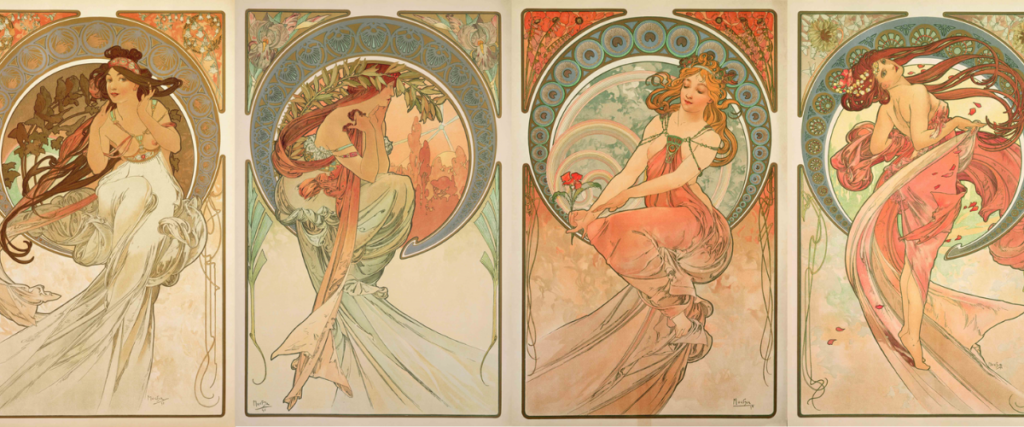The art industry is making a shift towards the digital, revolutionising the way that one can create, buy, and sell art. Whether it be through social media, physical or online events and platforms, or new media like AI and VR, we are experiencing an art revolution.
In the wake of Covid-19 restrictions, lockdowns, and prolonged quarantines, the art world has shifted online. There is a digital art revolution taking place, especially through the creation, buying, and selling of Non-Fungible Tokens (NFTs). These are one-of-a-kind pieces of art situated on the blockchain that are bought and sold mainly via Ethereum. The rise of NFTs allows digital commodities like music and visual art to be sold as an ‘original,’ increasing value and reflecting the way the traditional art market has operated for centuries.
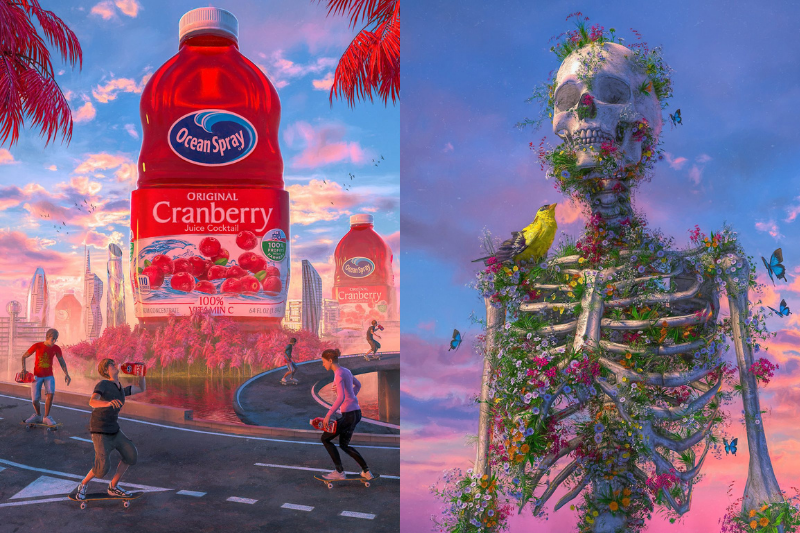
Internet Culture
One cannot discuss the digitisation of art without discussing the impact that social media and memes have had on the production of NFTs, with iconic images like that of Nyan Cat being sold for hundreds of thousands of dollars.

Owning a piece of digital history is appealing to many, regardless of the price. Beeple broke records when he sold an NFT entitled Everydays: The First 5000 Days for US$69 million, putting him “among the top three most valuable living artists,” according to Christie’s, the world-renowned auction house that sold the piece.
In Beeple’s repertoire, VIBE CITY is a take on excessive consumerism that pays homage to the viral TikTok of a man riding his longboard while drinking cranberry juice to Fleetwood Mac. It is telling that old-school, traditional auction houses like Christie’s and Sotheby’s are joining the race to digitise. Or is it simply that they will be left behind if they do not?
Claudia Chanhoi is an NFT artist from Hong Kong, who similarly comments on internet culture from a woman’s lens, making commentary on what it is like to be a heterosexual woman on dating apps. Her art is phallic and sexual, but humorous, perfectly reflecting the sheer exasperation of being a woman online. Her works have been exhibited across Asia, the US and the UK. It is available for purchasing on Refinable.
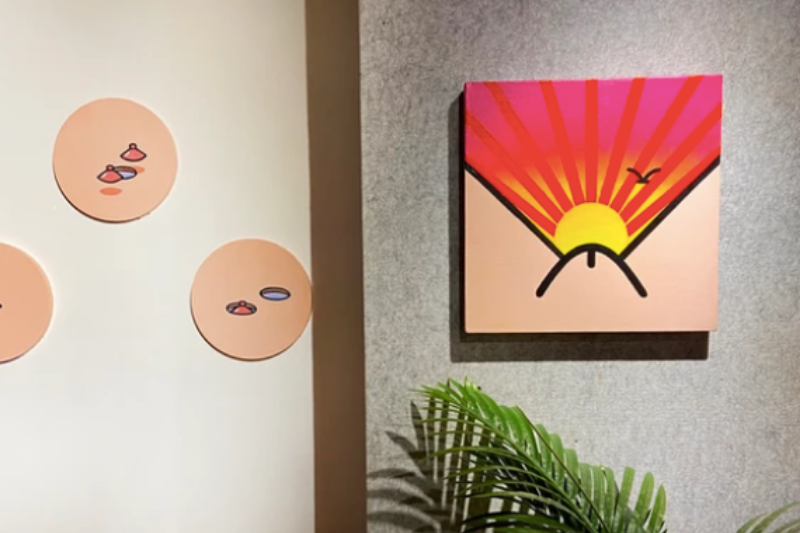
The Digital Art Ecosystem
Taiwan-based VIVE Arts is an art and technology programme that has developed a platform that is at the forefront of the digital art ecosystem. The company recently launched a global art trading platform to buy and sell digitally, using new technologies to support both artists and institutions to create, exhibit, and sell artwork online to a worldwide audience, including virtual reality (VR) and augmented reality (AR) pieces – mediums heading the digital art revolution. The inaugural sale that took place on December 17 featured NFTs in collaboration with artist Alphonse Mucha, an artist who has long since passed, but whose work maintains a renewed relevance due to the decision of the Mucha Foundation to digitise certain pieces.
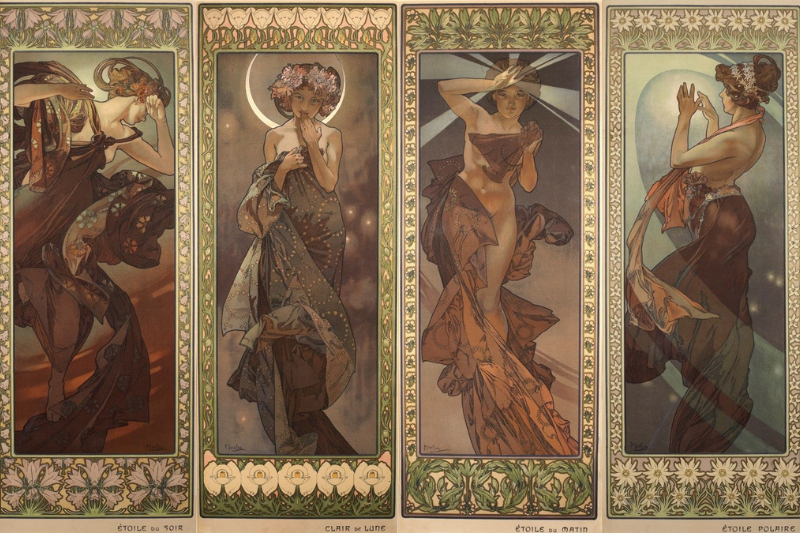
Celine Yeh, Executive Director of VIVE Arts, commented, “Through this platform, VIVE Arts aims to take our support for artists and institutions to the next level, opening up new opportunities for digital creativity, innovation and connection using blockchain technologies.” The platform is marketed as user-friendly and intuitive, inviting a whole range of users, including “art enthusiasts, established collectors and new buyers to explore a curated section of diverse digital work by both celebrated and emerging artists.”
Physical exhibitions and events cannot be completely forgotten in a space that is being increasingly digitised. Hong Kong recently hosted Digital Art Fair Asia, an event created for a wide array of art appreciators to be introduced to the world of digital art and NFTs. The fair was a great success, showcasing works by Andy Warhol and Jacky Tsai, and attracting 25,700 visitors, with an overall revenue of HK$54.5 million in both physical and digital works.

VR Art
Virtual reality, and the eventual synthesis of it with our everyday lives, seems to be becoming an inevitability, considering Mark Zuckerberg’s rebranding of Facebook’s to Meta and its consequent introduction of the “metaverse.” VR is a familiar medium already in the digital art world, along with AR and artificial intelligence (AI). Notably, because of VR technology, art exhibiting has become more accessible in a world where people must keep their distance.
Just like Zuckerberg’s metaverse, the ability to attend an art exhibition from home is now a reality. For example, the 2021 Taiwan Creative Contest Fest was a curation of a “Metaverse Playground,” that showcased fifteen immersive exhibitions for visitors who attended the fest. However, this event was accompanied by an online exhibition built in GOXR by XRSPACE for those unable to attend person.
Additionally, artists and observers can also create and destroy works through a VR platform with entirely virtual tools. Forgetter is a video game on Steam that, among other things, allows users to destroy the Chinese contemporary art collection of Sylvain and Dominique Lévy, entitled the dslcollection. In a conversation with Ocula Magazine, the leading APAC contemporary art platform, Sylvain stated, “During the pandemic, the art world moved online, but many of our experiences were unsatisfactory, even boring. Who are the people who manage the screen the best? People who make video games. It’s a business model that functions, and it has a community of 1.5 billion people.”
Much like VIVE Arts’ VR platform, Forgetter is changing the way that people interact with art, namely, moving online but in a much more intimate way, demonstrating the potential of the new technology making its way into the art world. VR is securing its place in the art world through its ability to perceive, create, and destroy.
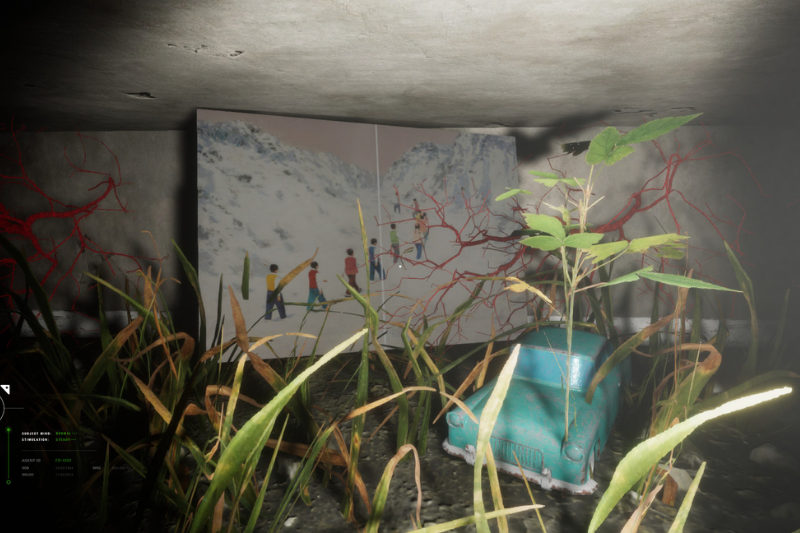
AI-Generated Art
Obvious is a trio from France, attributed by Jing Culture & Commerce as being the original NFT art collective. In 2018, the group launched the first ever AI-generated art to be sold at a major auction, selling for over 40 times its predicted value at US$432,500. Despite continued interest in their physical works, Obvious is predicting that galleries are shifting their interest to NFTs, while museums are lagging behind. Eventually, however, they do foresee that larger museums will join the digital art movement.
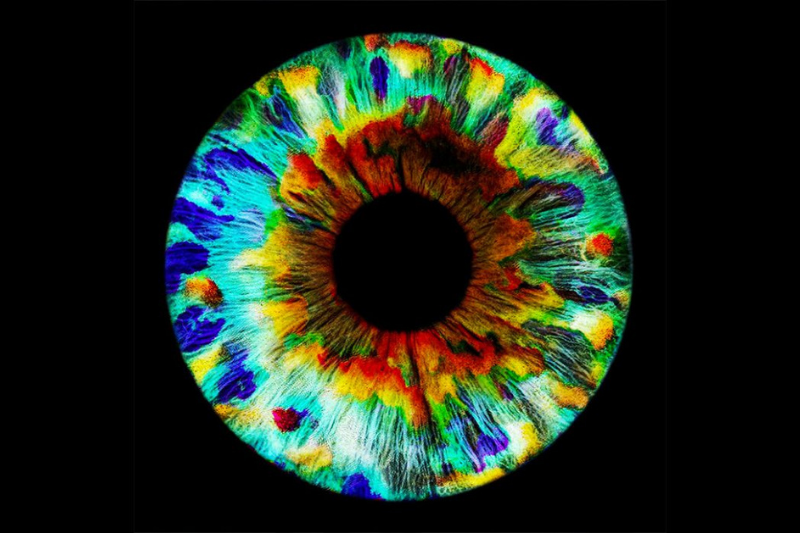
Additionally, through the rise of NFTs throughout 2021, sales for Obvious’ digital pieces have actually overtaken those for their physical counterparts, showing a novel interest in the digital art market, with new collectors and a more “community-based” system.
Overall, Obvious maintains a very positive outlook on the digitisation of the art world. Gauthier Vernier, co-founder of the group, told Jing Culture & Commerce, “We’ve always found the NFT medium interesting because it allows you to publish your work in a very easy way. We love the discoverability and how the market is functioning. We love the mechanics of it.”
Victor Wong, of Escapism 001 fame, is the Hong Kong artist who created this piece, the first ever AI-generated ink artwork, with his robot Gemini. He is represented by 3812 Gallery, and is making leaps and bounds in the realm of AI art. He collaborates with Gemini to create pieces with ink and paint that are then translated into a digital format, demonstrating the symbiosis between digital and physical art.
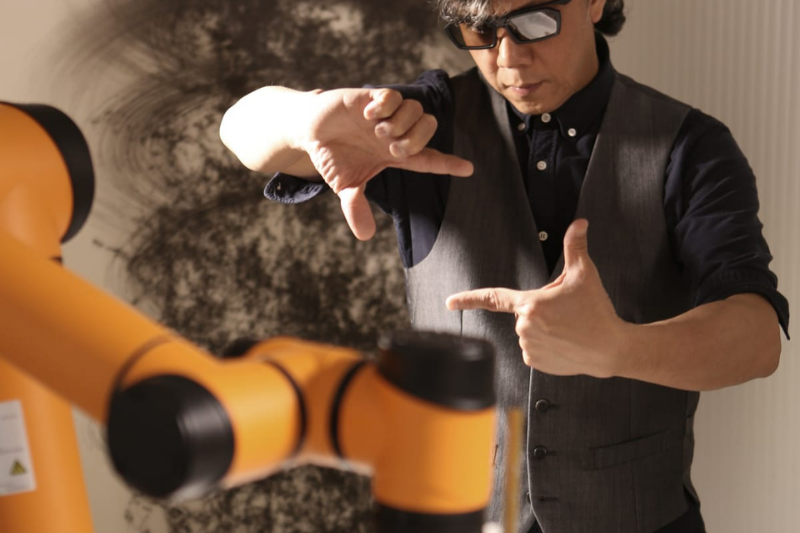
In the age of Covid-19, there has been a general movement towards a widely online life, be it working and learning from home, attending online events, and subsequently, buying and selling cryptocurrency and NFTs online.
On the one hand, it may appear that this gives people more access to industries that have previously been reserved for the elite. There is a decentralisation that is happening around the movement towards digital art. However, with the increasing value of art pieces that may even be considered “garbage,” as Beeple said about some of his own art, the new digital art world seems to be leaving some people out. Those with the assets, keep them, and a new digital art elite may be formed.
Featured banner image credit: Jing Culture & Commerce
Related Articles
Blockchain Art: Everything You Need to Know About NFTs
AAX Debuts FrankNitty3000 NFT Artworks at Hong Kong FinTech Week
